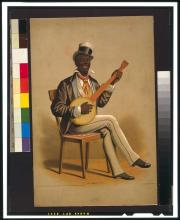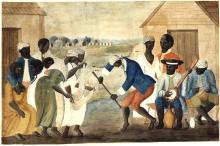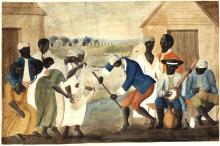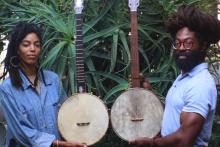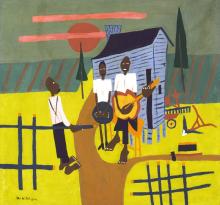History
American History through the Eyes of Four Female, African American Banjo Players: Our Native Daughters
Songs from Our Native Daughters is American history told with dignity, grace and tenderness.
For Black History Month 2021, I was more intentional than I normally am to listen to the voices of black people in America and to learn a little black history.
I have appreciated the voices of many people, including Rhiannon Giddens, formerly of the musical group, Carolina Chocolate Drop. Throughout Black History Month, she posted many biographies, and I followed her daily posts during the month.
The Black origins of the banjo in country music
Beyoncé's surprise new country album has kicked open the saloon doors to a new audience.
So You Think You Know the Banjo?
If you've ever considered banjo music to be an American creation, you don't know the banjo. In fact, if you think of the banjo as an inherently Southern instrument, you don't know the banjo. If you think that the banjo can teach us nothing about American history, Southern culture and modern race relations, then you certainly don't know the banjo.
And you’ve probably never heard the Carolina Chocolate Drops.
For those of you like me who are not formally trained musicologists, here's a super-quick summation of the first 400 years of banjo history:
How African-American Appalachian music influenced the sounds of today
The music that came out of southern Appalachia developed into bluegrass and country music. It is heavily influenced by Black Appalachian musicians of the past.
Introduction to Early Banjo History by Clifton Hicks
Introduction to Early Banjo History: a survey of the gourd banjo in early American folk culture
by Clifton Hicks
Pagination
- Page 1
- Next page

